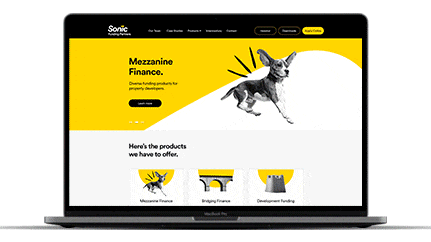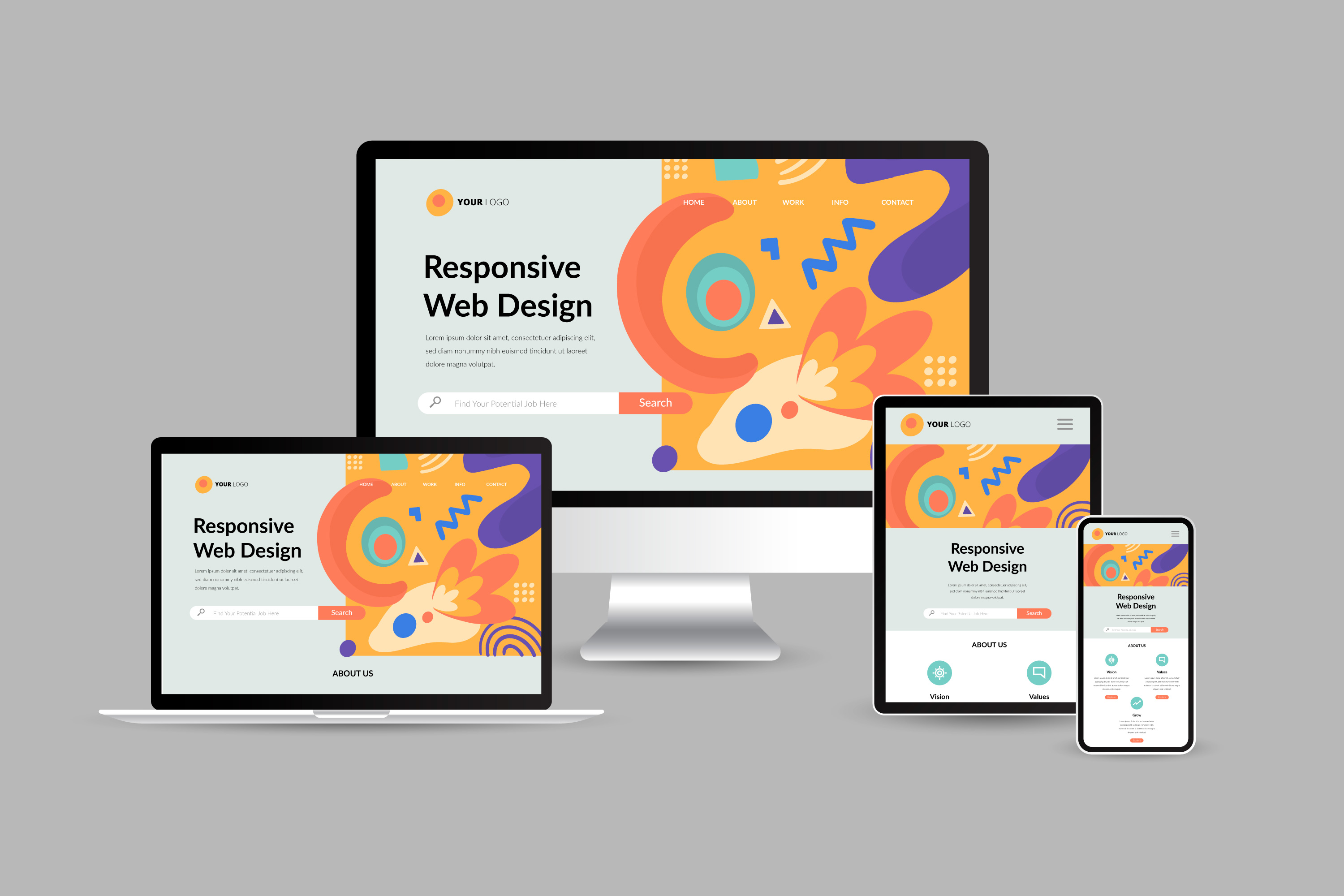Crucial Principles of Site Design: Producing User-Friendly Experiences
By focusing on customer requirements and preferences, developers can promote engagement and complete satisfaction, yet the ramifications of these principles expand past simple functionality. Comprehending how they link can dramatically influence a site's overall performance and success, motivating a more detailed evaluation of their specific functions and cumulative impact on user experience.

Significance of User-Centered Style
Prioritizing user-centered design is important for creating reliable web sites that satisfy the needs of their target market. This technique places the customer at the leading edge of the design procedure, guaranteeing that the website not just works well yet likewise reverberates with individuals on a personal level. By recognizing the users' objectives, choices, and habits, developers can craft experiences that foster interaction and fulfillment.

In addition, adopting a user-centered style philosophy can cause boosted availability and inclusivity, accommodating a varied target market. By considering different customer demographics, such as age, technical effectiveness, and cultural backgrounds, designers can create websites that are welcoming and practical for all.
Eventually, focusing on user-centered style not just enhances customer experience but can also drive vital company end results, such as enhanced conversion prices and consumer commitment. In today's affordable electronic landscape, understanding and focusing on customer needs is an essential success element.
User-friendly Navigating Frameworks
Reliable site navigating is usually a crucial element in improving customer experience. Instinctive navigating frameworks make it possible for individuals to discover info swiftly and effectively, lowering frustration and enhancing engagement. A well-organized navigation menu ought to be easy, logical, and consistent across all pages. This allows users to anticipate where they can locate particular content, thus advertising a smooth surfing experience.
To develop user-friendly navigation, designers must prioritize clearness. Labels should be familiar and detailed to individuals, avoiding lingo or uncertain terms. An ordered structure, with key groups causing subcategories, can additionally help customers in recognizing the connection in between various sections of the site.
Additionally, integrating visual signs such as breadcrumbs can assist users with their navigation course, allowing them to conveniently backtrack if needed. The incorporation of a search bar likewise boosts navigability, approving customers guide accessibility to material without needing to navigate with multiple layers.
Receptive and Adaptive Formats
In today's digital landscape, guaranteeing that internet sites function flawlessly across different tools is necessary for user contentment - Website Design. Responsive and flexible designs are 2 key techniques that allow this functionality, catering to the diverse variety of display sizes and resolutions that customers may encounter
Responsive designs utilize liquid grids and flexible images, enabling the web site to instantly adjust its elements based on the screen dimensions. This method gives a regular experience, where content reflows dynamically to fit the viewport, which is particularly advantageous for mobile customers. By utilizing CSS media queries, designers can create breakpoints that optimize the layout for different devices without the need for different designs.
Adaptive layouts, on the other hand, make use of predefined formats for details display sizes. When a customer accesses the website, the web server detects the device and offers the ideal format, ensuring an optimized experience for differing resolutions. This can bring about much faster packing times and enhanced performance, as each layout is tailored to the gadget's capacities.
Both adaptive and receptive styles are critical for boosting individual engagement and complete satisfaction, eventually adding to the website's total efficiency in fulfilling its objectives.
Regular Visual Power Structure
Establishing a regular aesthetic power structure is pivotal for directing customers through a site's material. This concept makes sure that information is presented in a fashion that is both interesting and user-friendly, allowing customers to quickly understand the product and navigate. A distinct pecking order employs numerous design components, such as size, shade, spacing, and contrast, to create a clear difference between various types of web content.

In addition, regular application of these aesthetic hints throughout the internet site cultivates knowledge and trust fund. Individuals can promptly discover to recognize patterns, making their communications more efficient. Inevitably, a solid aesthetic pecking order not just enhances individual experience yet likewise enhances total website use, encouraging deeper involvement and helping with the desired actions on an here are the findings internet site.
Accessibility for All Individuals
Access for all individuals is a basic aspect of site style that guarantees everybody, no matter of their handicaps or capabilities, can involve with and take advantage of on-line content. Creating with ease of access in mind entails applying practices that accommodate varied user requirements, such as those with visual, auditory, motor, or cognitive disabilities.
One necessary standard is to stick to the Internet Web Content Access Guidelines (WCAG), which offer a framework for producing available electronic experiences. This includes using sufficient shade comparison, providing message choices for photos, and ensuring that navigation is keyboard-friendly. Additionally, using receptive design methods makes sure that internet sites work successfully throughout numerous tools and display sizes, further enhancing availability.
One more vital element is making use of clear, concise language that prevents jargon, making material understandable for all users. Engaging users with assistive technologies, such as display visitors, requires mindful attention to HTML semiotics and ARIA (Available Rich Net Applications) roles.
Ultimately, focusing on ease of access not only satisfies lawful obligations yet additionally expands the target market reach, cultivating inclusivity and boosting individual complete satisfaction. A commitment to availability mirrors a commitment to creating equitable electronic atmospheres for all customers.
Final Thought
To conclude, the vital principles of website layout-- user-centered design, user-friendly navigating, responsive designs, consistent aesthetic find here hierarchy, and availability-- jointly add to the development of straightforward experiences. Website Design. By prioritizing individual demands and ensuring that all individuals can properly engage with the site, designers improve use and foster inclusivity. These principles not only enhance individual satisfaction however additionally drive positive company end results, inevitably demonstrating the essential significance of thoughtful web site layout in today's electronic landscape
These approaches provide vital understandings right into article source customer assumptions and pain points, enabling designers to tailor the website's attributes and material accordingly.Reliable website navigating is often an essential variable in boosting individual experience.Establishing a regular visual hierarchy is pivotal for leading customers via an internet site's web content. Inevitably, a strong visual hierarchy not just boosts individual experience however also improves overall site functionality, urging much deeper interaction and facilitating the wanted activities on a web site.
These principles not only improve customer contentment however also drive favorable business end results, inevitably demonstrating the crucial importance of thoughtful internet site layout in today's digital landscape.